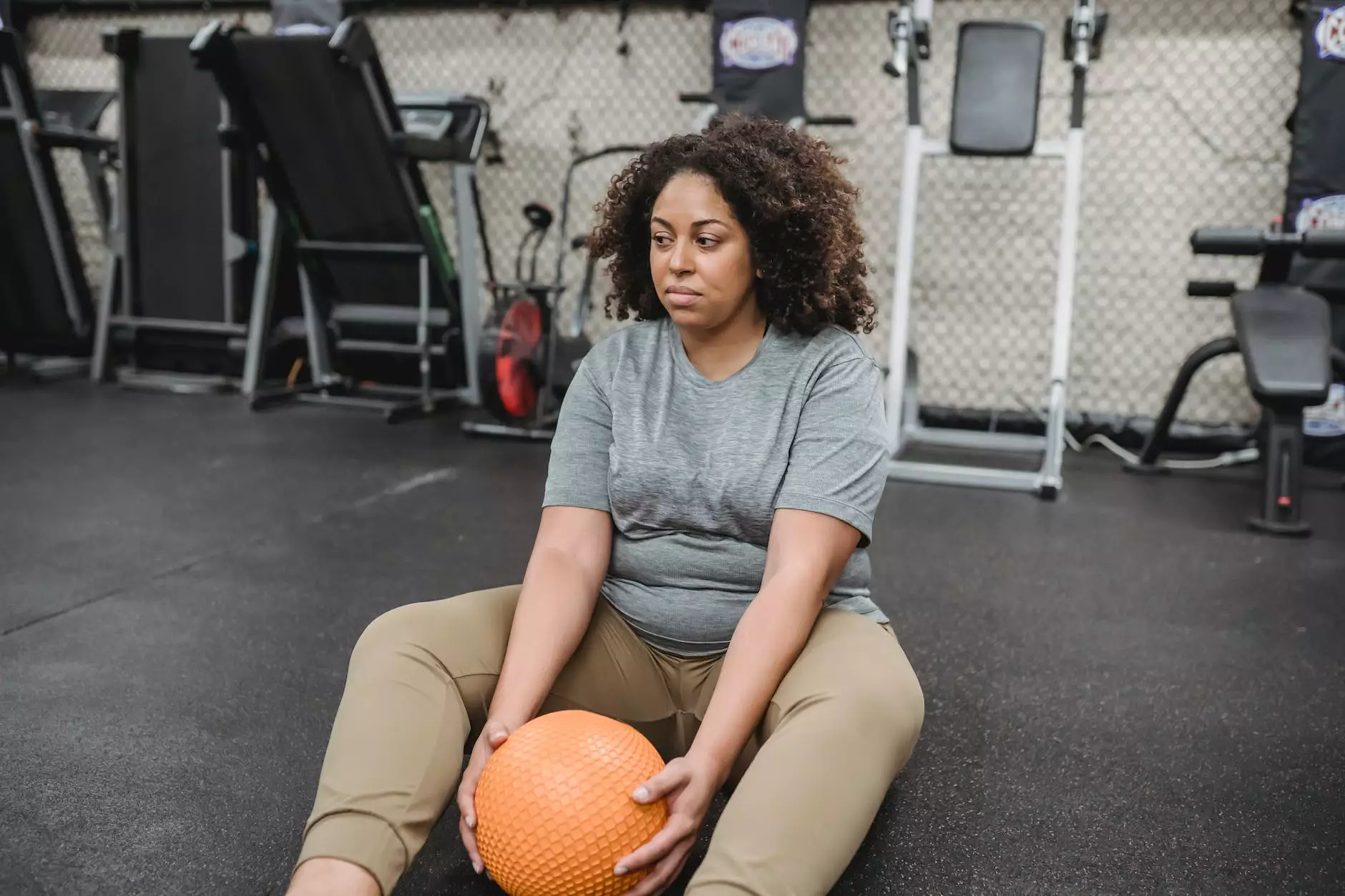Breaking Down the FMS – Rotary Stability

Introduction to Rotary Stability
When it comes to movement and physical performance, having good rotary stability is crucial. Rotary stability refers to the ability of your body to maintain control and stability during rotational movements. This is important for activities such as twisting, turning, and pivoting, which are commonly performed in sports, everyday activities, and even during workouts.
At Body Fusion, we understand the significance of rotary stability in achieving optimal movement and preventing injuries. In this comprehensive guide, we will break down the FMS (Functional Movement Screen) – Rotary Stability test, explaining its purpose, how to perform it correctly, and why it is essential for your overall movement function.
The Purpose of the FMS – Rotary Stability Test
The FMS – Rotary Stability test is designed to assess an individual's ability to stabilize their core and pelvis while performing a rotational task. It evaluates the strength, coordination, and control of the muscles and joints involved in rotational movements.
By assessing your rotary stability, we can identify any limitations or weaknesses that may affect your performance or increase the risk of injury. This test helps us determine specific exercises and interventions to enhance your stability and movement performance.
How to Perform the FMS – Rotary Stability Test
Performing the FMS – Rotary Stability test involves the following steps:
- Starting Position: Begin in a push-up position with your hands and feet shoulder-width apart.
- Stability Pad Placement: Place a stability pad under one hand.
- Rotational Task: While keeping your core engaged, lift the opposite hand and rotate your body to touch the stability pad with your lifted hand. Control the movement and return to the starting position.
- Repeat on the Other Side: After completing the rotation on one side, switch the stability pad to the other hand and repeat the same movement on the opposite side.
It's important to execute the test with proper form and control. It's recommended to perform the FMS – Rotary Stability test under the guidance of a trained professional to ensure accurate results and minimize the risk of injury.
The Importance of Rotary Stability
Having good rotary stability offers numerous benefits:
- Enhanced Athletic Performance: Improved rotary stability allows athletes to generate and transfer rotational power more efficiently, providing an edge in sports that involve twisting and turning movements.
- Injury Prevention: Adequate rotary stability helps protect the musculoskeletal system, reducing the risk of injuries, particularly in the spine, shoulders, and hips.
- Functional Movement: Acquiring and maintaining proper rotary stability supports everyday movements and activities, such as reaching, bending, picking up objects, and even walking.
- Core Strength: Rotary stability is closely tied to core strength, contributing to overall core stability and better posture.
- Balance and Coordination: It plays a significant role in maintaining balance and coordination, especially during dynamic movements.
Effective Exercises for Improving Rotary Stability
To enhance your rotary stability, numerous exercises can be incorporated into your training routine. Some effective exercises include:
1. Pallof Press:
The Pallof Press is a functional exercise that targets the core and improves rotary stability. To perform this exercise:
- Stand perpendicular to a cable machine with your feet shoulder-width apart.
- Hold the handle with both hands, positioned at the center of your chest.
- Extend your arms forward, maintaining a stable core and resisting rotation.
- Hold for a few seconds and return to the starting position.
- Repeat for the desired number of repetitions.
2. Russian Twists:
Russian Twists target the obliques and improve rotational stability. Follow these steps:
- Sit on the floor with your knees bent, feet flat on the ground.
- Lean back slightly to engage your core, keeping your spine neutral.
- Clasp your hands together and lift your feet slightly off the ground.
- Rotate your torso from side to side, touching the floor on each side.
- Maintain control and engage your core throughout the exercise.
3. Medicine Ball Throw:
The Medicine Ball Throw is an explosive exercise that enhances rotary power and stability. Here's how to perform it:
- Stand with your feet shoulder-width apart, holding a medicine ball at chest level.
- Twist your torso away from the target while extending your arms.
- Throw the ball explosively against the wall or to a partner.
- Catch the ball and repeat for the desired number of repetitions.
Conclusion
At Body Fusion, we emphasize the importance of rotary stability for overall movement function and physical performance. Understanding the FMS – Rotary Stability test, how to perform it, and the benefits it offers, can empower you to optimize your stability and minimize the risk of injuries.
Remember, improving rotary stability requires proper guidance and appropriate exercises tailored to your specific needs. Our team of professionals is here to support you on your journey towards improved rotary stability and enhanced movement quality.
Make sure to consult with our experts at Body Fusion to receive personalized guidance and recommendations based on your unique requirements. Book your appointment today and take the first step towards a healthier, more stable future!










